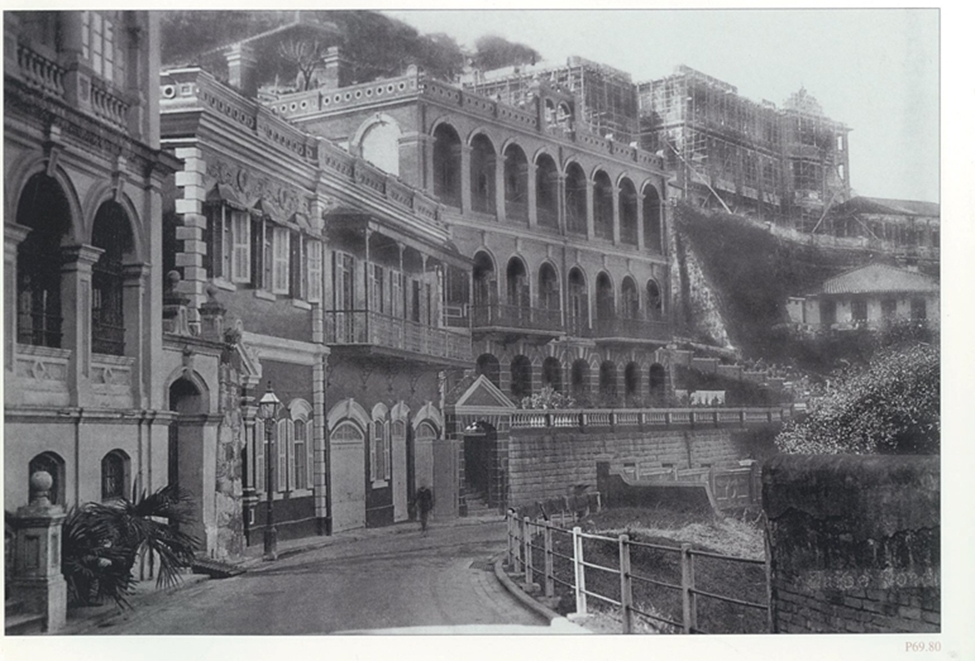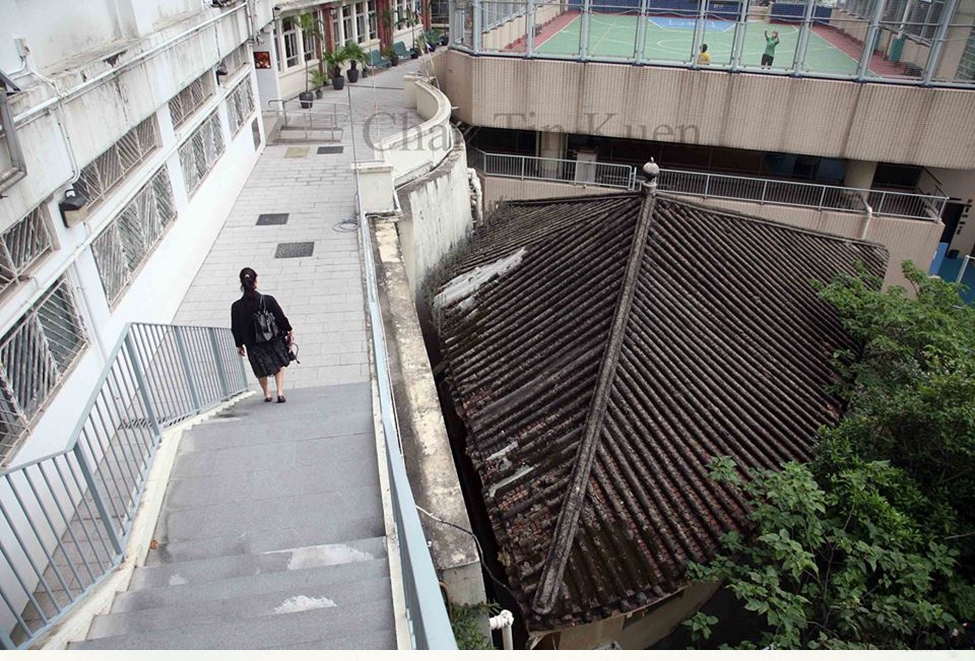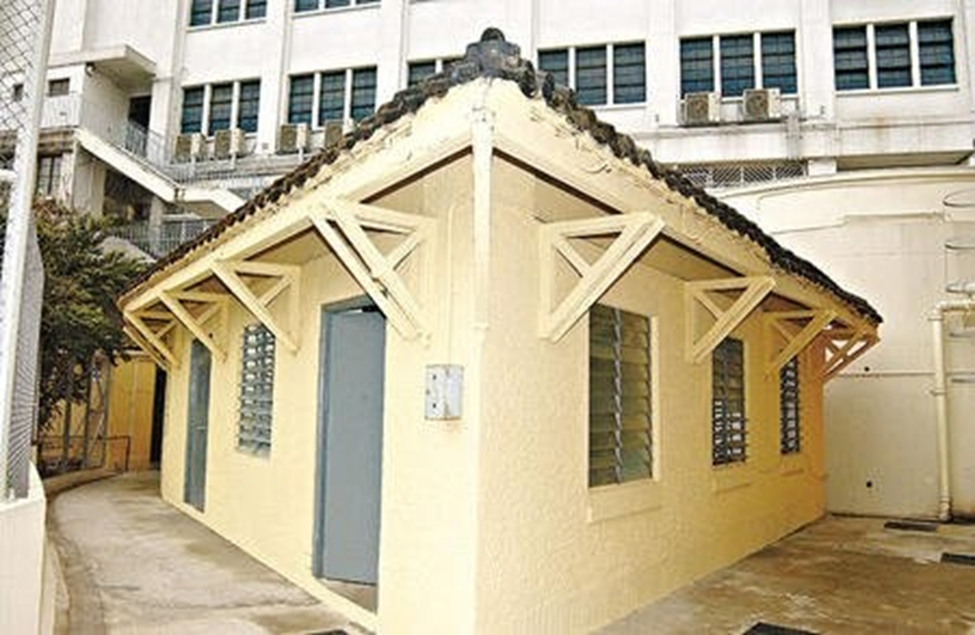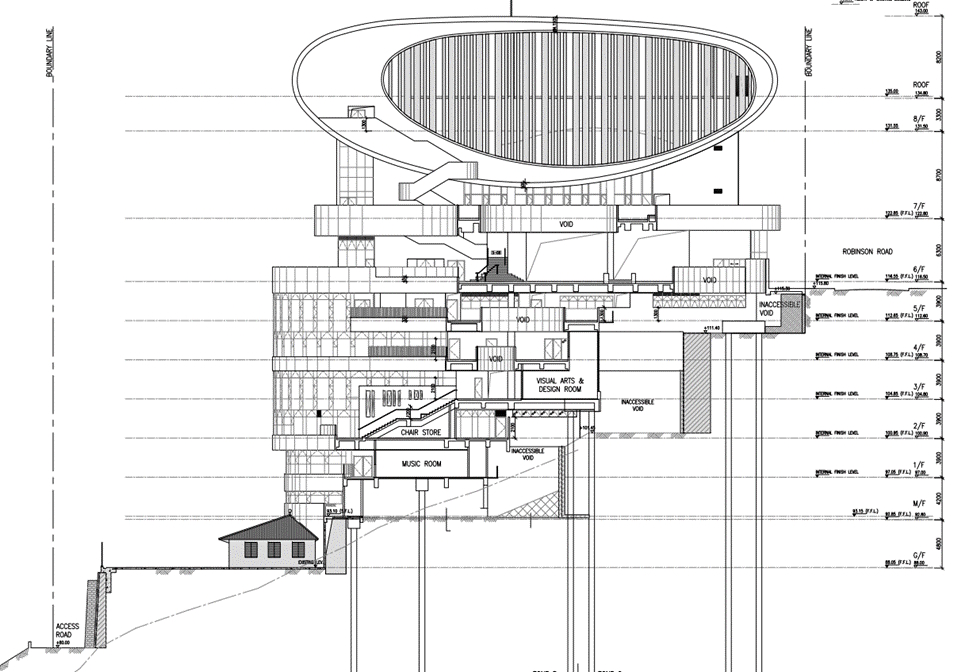1926-001
1926 Heritage Block : A BRIEF HISTORY
Built in 1926, this small cottage once housed the kindergarten of Ying Wa Girls’ School. When the kindergarten closed in 1963, it was left largely idle and semi-derelict for long periods of time. What is its story? How did it survive the years before it was restored during the school development in the 2010s and finally repurposed in 2023 to become a place to share the school’s living story?
We invite you to read the history of the cottage that is so captivatingly told in the passage below.
First Formal Kindergarten in Hong Kong
A kindergarten was considered a bold concept when education opportunities for small children, especially girls, were hard to come by in the early 1900s. When the London Missionary Society opened their first kindergarten in Hong Kong in 1911 and admitted the initial batch of children around the ages of five and six, it was at the time a ground-breaking service.
Originally housed in a mat shed, the kindergarten moved into the small cottage around 1926 and had remained active until 1963, except for the war years in the 1940s.
Research suggests that Ying Wa’s kindergarten was probably the first of its kind in Hong Kong. At the time, the need for early schooling for little children was hardly appreciated by parents in the Chinese community. This concept of early nurturing, therefore, marked a most significant stage in the development of formal schooling offered in small classes by the London Missionary Society since the 1890s.
Dr Angela Luk Chiu Kwan Hung, arguably Hong Kong’s most well-known authority on early childhood education, was one of the last teachers at the kindergarten when it closed in 1963. It was while at Ying Wa that she practised and developed her now famous approach on child-centred, interactive teaching.
A graduate of the kindergarten, now in her 70s and who attended one of the two classes in 1951 remembers well what and how she was taught:
“I was in the old kindergarten with Leung Sinsan (Miss Clara Leung) ... she looked after kap ban (Class A) … We planted pak mai (white rice) and hung dau (red beans) as our botany experiment.”
Innovative and popular though it was, the kindergarten finally closed its doors in 1963. Nonetheless, it was probably a timely response to the need of the community then due to the growing demand for secondary school places. In fact, Ying Wa closed also its primary section a few years later. From thereon, our pioneering “through train” education system came to a halt.
Custodian of the Past
Once it fell from active use, the fate of the erstwhile kindergarten building had remained uncertain and undecided for decades. At various times, it was at best used as a PE store room or site office for occasional renovation works.
Over the course of some 60 years, how it managed to survive numerous typhoons, torrential rainstorms and the fierce tropical sun remains a mystery to all. And how this deserted structure had time and again escaped the wrecking ball is nothing short of a miracle.

View of the 1926 Block (far right) in an old photograph, seen from Seymour Road
Image © Museum of History, Hong Kong
The closest threat of destruction it faced was when School Improvement Works (SIP) were carried out in late 1990s to early 2000s. For four years, the workers occupied the space for their site office. When the adjacent tennis court was built on to make room for a multi-purpose block, the kindergarten almost saw its demise.

1926 Block adjacent to the new annex in 2004
Photo acknowledgement: Mr Chan Tin Kuen
Meanwhile, around 2003, staff of the Antiquities and Monuments Office (AMO) visited the school and conducted a site visit. In a later report, the AMO has this to say: “When the kindergarten block was occupied it had an important role to play, but now it is standing empty and semi-derelict. Notwithstanding this, the block could be renovated and brought into use again possibly as a venue for meetings, workshops, bible classes and similar activities.”
Time passed. Silently, as it stood guard, the happy days of the kindergarten were forgotten and the increasingly rundown building drew admiration from a distance as a reminder of an equally distant past.
Demolition versus Reconstruction
Space in the old campus had always been a precious commodity. While different administrations under a succession of principals had stretched their imagination on how to maximise every inch of space in the old school campus, the value of the continued existence of the old kindergarten structure occupying prime buildable flat land was occasionally debated.
At the time of the SIP, demolition was seriously mooted, for two reasons. First, maintenance was costly as part of the wooden framework was rotted with termites. It was deemed not worthwhile to upkeep a space with seemingly little practical value. Second, if a new foundation could be laid, then a taller building could be erected providing much needed floor area.

1926 Block before School Redevelopment
To keep or not to keep: that was the question. In the meantime, the structure looking forlorn was left mostly untouched, its fate undecided. A rather fortunate neglect, one would say in hindsight. A happy twist in God’s design.
Finally, as the Redevelopment Project took up momentum in the late 2010s, it was time to make a definitive decision. Several architecture firms were called to tender. The brief was: we need more usable space, plenty of it for future transformation. So when Palmer & Turner Associates, the only Consultant that came up with a solution for space without demolishing the 1926 block, the school was interested. Their chief design architect turned out to be a known enthusiast on heritage and conservation of old buildings for adaptive re-use.
“Since the solution was found to be very sensible, and after much deliberation, the School Council members opined to preserve the block and keep ‘a sense of history’ in the new campus,” recalled Mrs Ruth Lee, the then Principal and herself keen about the prospect of keeping part of the old for the new.

Conservation of 1926 Block in the new development
Simplified section provided by P&T Architects and Engineers Ltd at project completion
Incidentally, it was also around this time that the Antiquities Advisory Board proposed to have the building upgraded to a Grade 3 historic status. Their proposal dove-tailed with the positive findings of an earlier site visit made by the AMO back in 2003, which advised that the Kindergarten building held “heritage value” and should be preserved.
Such timely recognition of its architectural worth must have helped steer the course of events of the Redevelopment Project. What used to be a pioneer kindergarten will now live on to help us remember and savour the past and the long history of Ying Wa.
In March 2023, a few years after the school redevelopment was completed, the former kindergarten block was finally confirmed a Grade 3 historic building by the Antiquities Advisory Board.
May 2023
~~~ ~~~ ~~~
For the details of the restoration, you are invited to read
1926 Heritage Block : Original Architecture and RestorationChinese Version Back
